
Bird Walk at Bhondsi Nature Park, Gurugram
- Gurugram
- 5 October, 2025
- Midori

About Bhondsi Nature Park
Bhondsi Nature Park (also called Bhondsi Forest) is a lush patch of the Aravalli foothills about 15 km south of Gurugram city centre, on Sohna Road. It spans roughly 100 acres of forested terrain (although some sources cite up to 558 acres when including adjoining forest land) that includes semi-evergreen woodland, rocky outcrops, scrub, dry foliage, seasonal water bodies, and native tree species like dhak, salai, kadam, and basa. This area is a rich birding spot, hosting nearly 46% of Haryana’s bird species, including both resident birds and seasonal migrants. Notable sightings include the Indian Pitta, Indian Paradise Flycatcher (a summer visitor), Fire-capped Tit (a rarer winter visitor), Grey-winged Blackbird, drongos, kingfishers, and many other warblers and forest-edge species.
However, the park faces several threats. Human intrusion during nesting seasons, especially by photographers who use playback calls or crowd around nests—is causing disturbance and even nest abandonment among ground-nesting species. Other threats include encroachment, road littering, garbage dumping, road-side disturbance, and games or activities being allowed in sensitive bird-nesting zones.
Conservation efforts are underway: forest department efforts have included restoring water bodies, afforestation and removal of garbage, fencing roads to reduce disturbance, and proposals to regulate trekking and visitor movement.
Also, authorities are pushing for better signage and enforcement of rules against disruptive activities (playback calls, approaching nests, etc.).
Partnered with
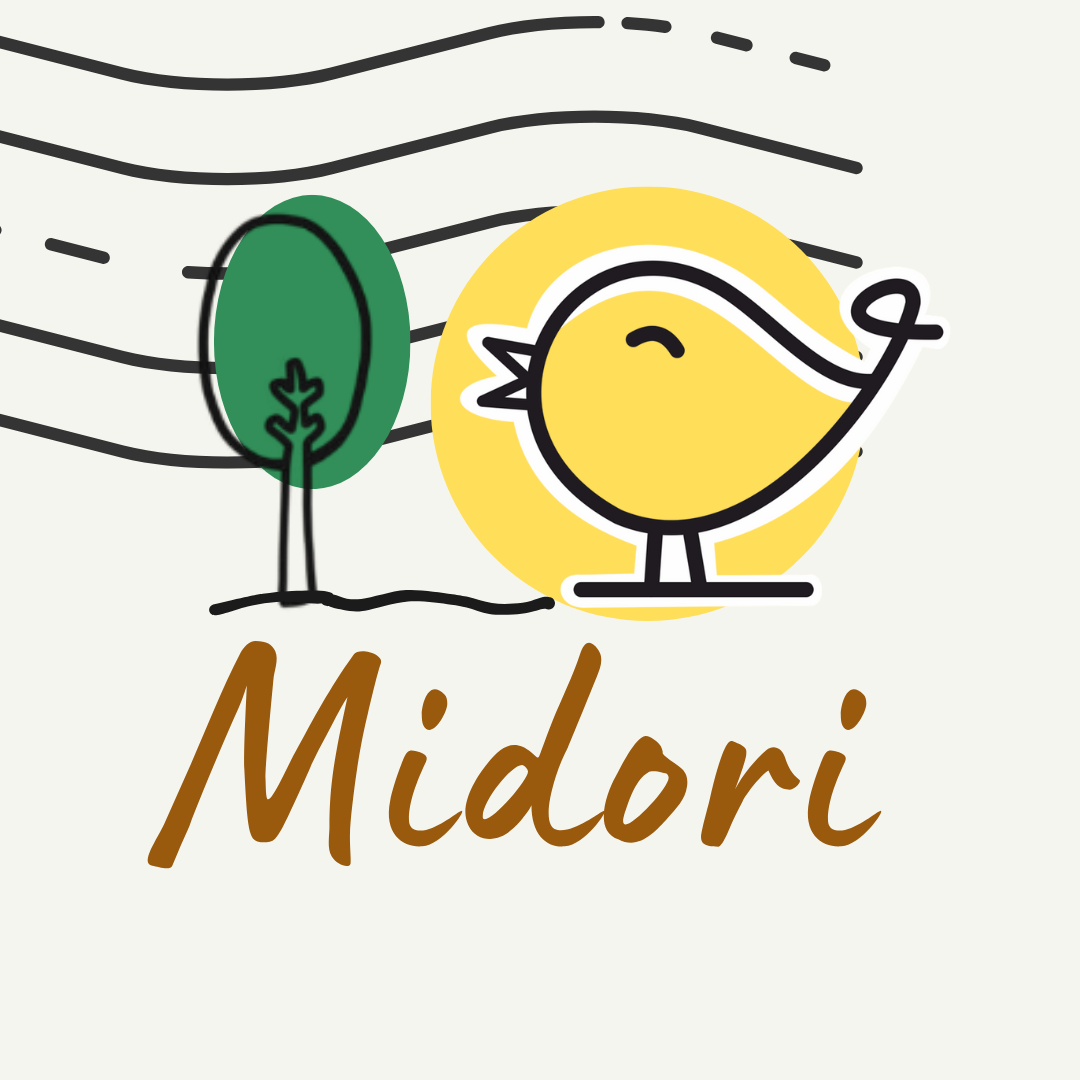

Bird Guide: Mansi
Nature educator and birding guide with Midori Walks, Mansi blends ecology and mindfulness to create enriching outdoor experiences in urban green spaces.
Bird walk Location
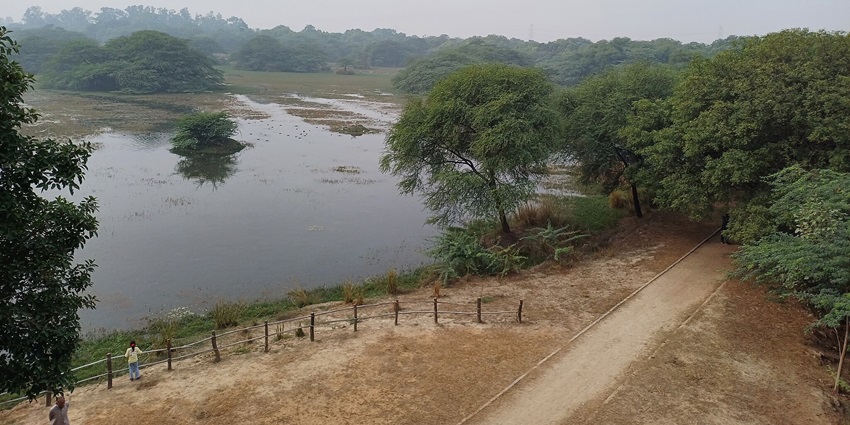
Common birds of Bhondsi Nature Park
Bhondsi Nature Park in Gurugram is a remarkable birding hotspot, with 254 species recorded, making it one of the most bird-rich sites in Haryana. Its mosaic of scrub, dry deciduous patches, water bodies, and forest edges supports both resident and migratory species. Common residents like the Common Myna, Jungle Babbler, Indian Peafowl, Red-vented Bulbul, Rose-ringed Parakeet, and Indian Robin thrive in its varied habitats, while wetland-associated birds such as the Eastern Cattle Egret, Eurasian Moorhen, White-breasted Waterhen, and Little Grebe use its water features. The park also hosts colorful woodland species including Asian Green and Blue-tailed Bee-eaters, Rufous Treepie, Brahminy Starling, Ashy Prinia, and Indian Silverbill, adding vibrancy to the landscape. Raptors such as the Shikra, Black Kite, White-eyed Buzzard, Oriental Honey-buzzard, and Black-winged Kite indicate a healthy food web, while owls like the Spotted Owlet and Indian Scops-Owl underline the richness of its nocturnal avifauna.
easonal migrants further elevate Bhondsi’s importance, with species like the Greenish Warbler, Hume’s Warbler, Lesser Whitethroat, Western Crowned Warbler, and Blyth’s Reed Warbler frequenting the park in winter. Flycatchers such as the Taiga Flycatcher, Verditer Flycatcher, and Red-breasted Flycatcher, along with wagtails and swallows, add seasonal variety. Even rarer or habitat-specialist birds like the Sirkeer Malkoha, Indian Gray Hornbill, Yellow-footed Green-Pigeon, and Indian Paradise-Flycatcher have been observed, reflecting the park’s diverse niches.
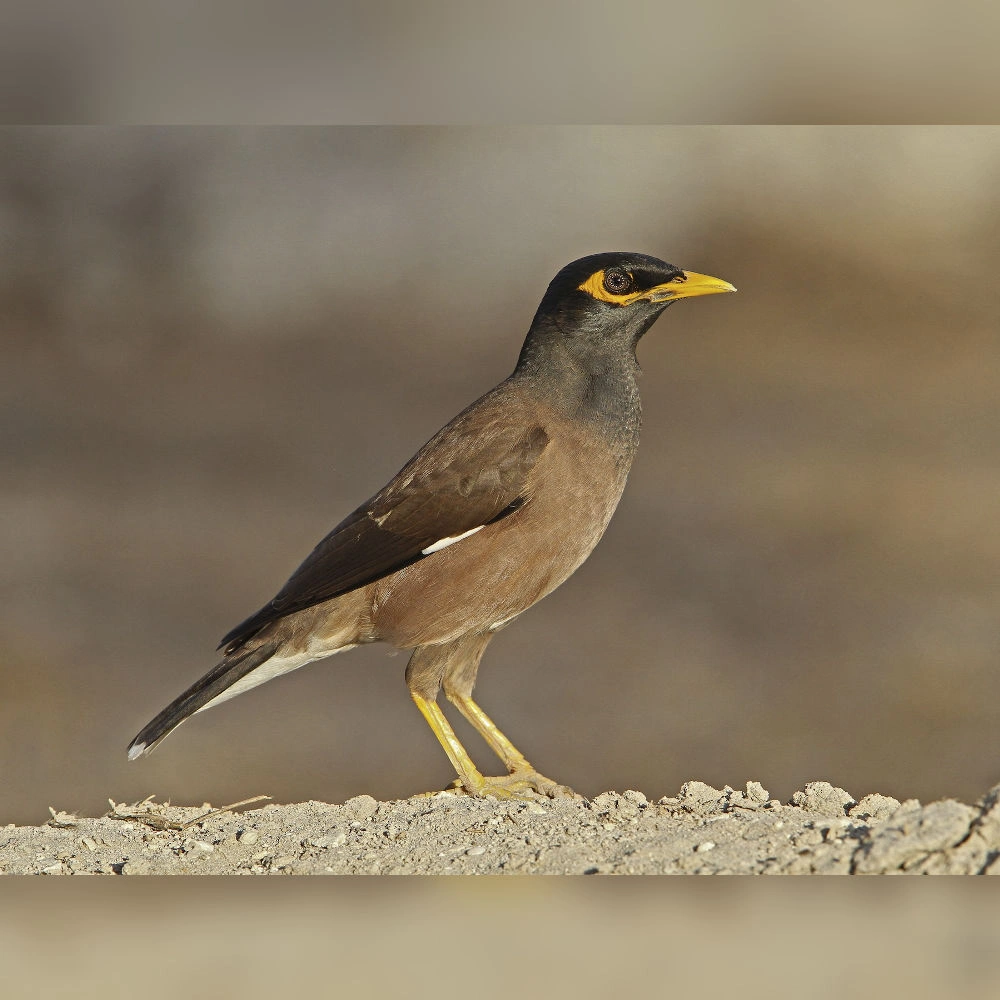
Common Myna

Jungle Babbler
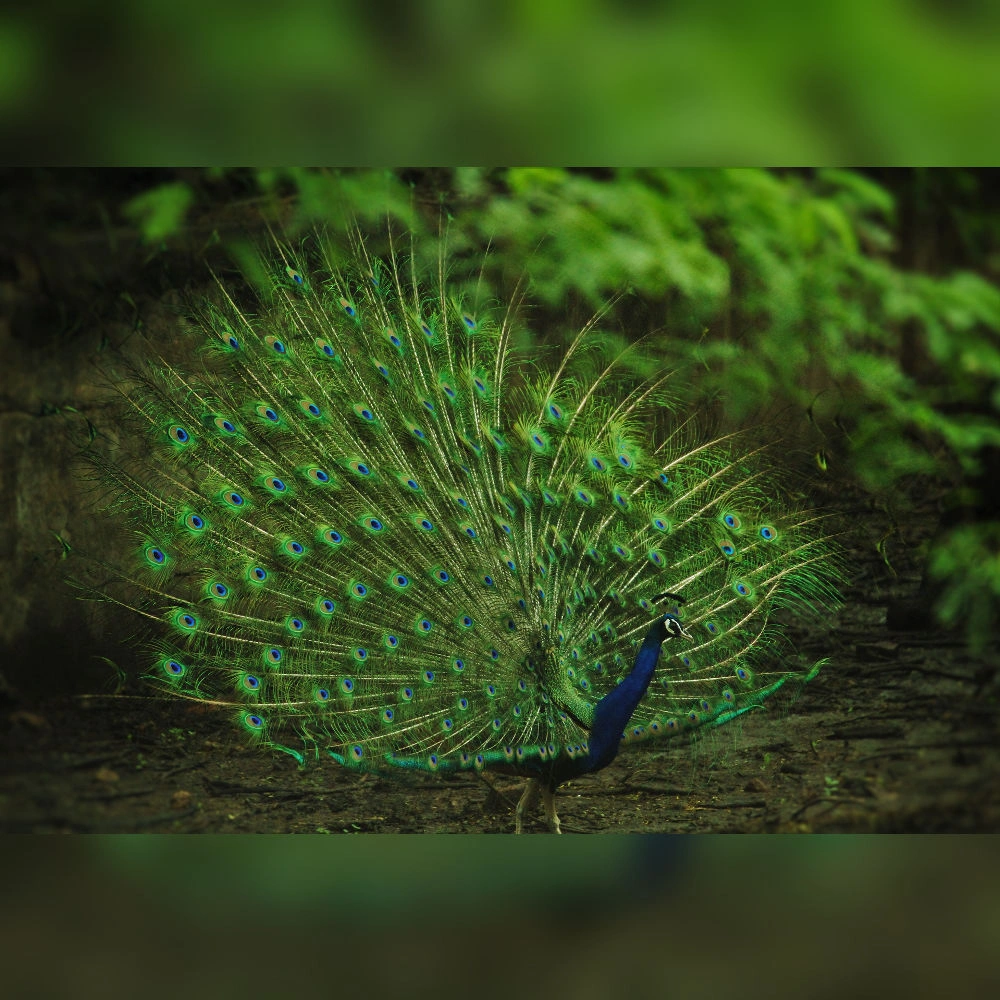
Indian Peafowl
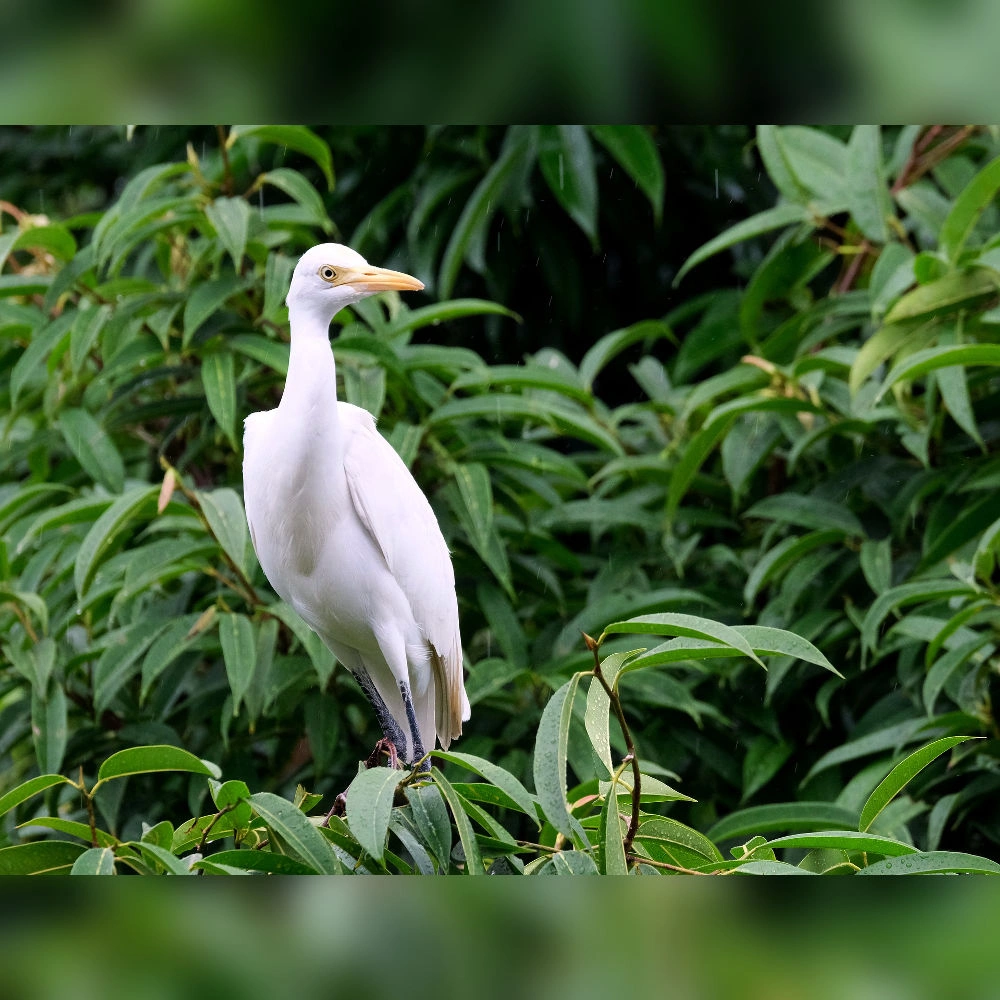
Eastern Cattle Egret
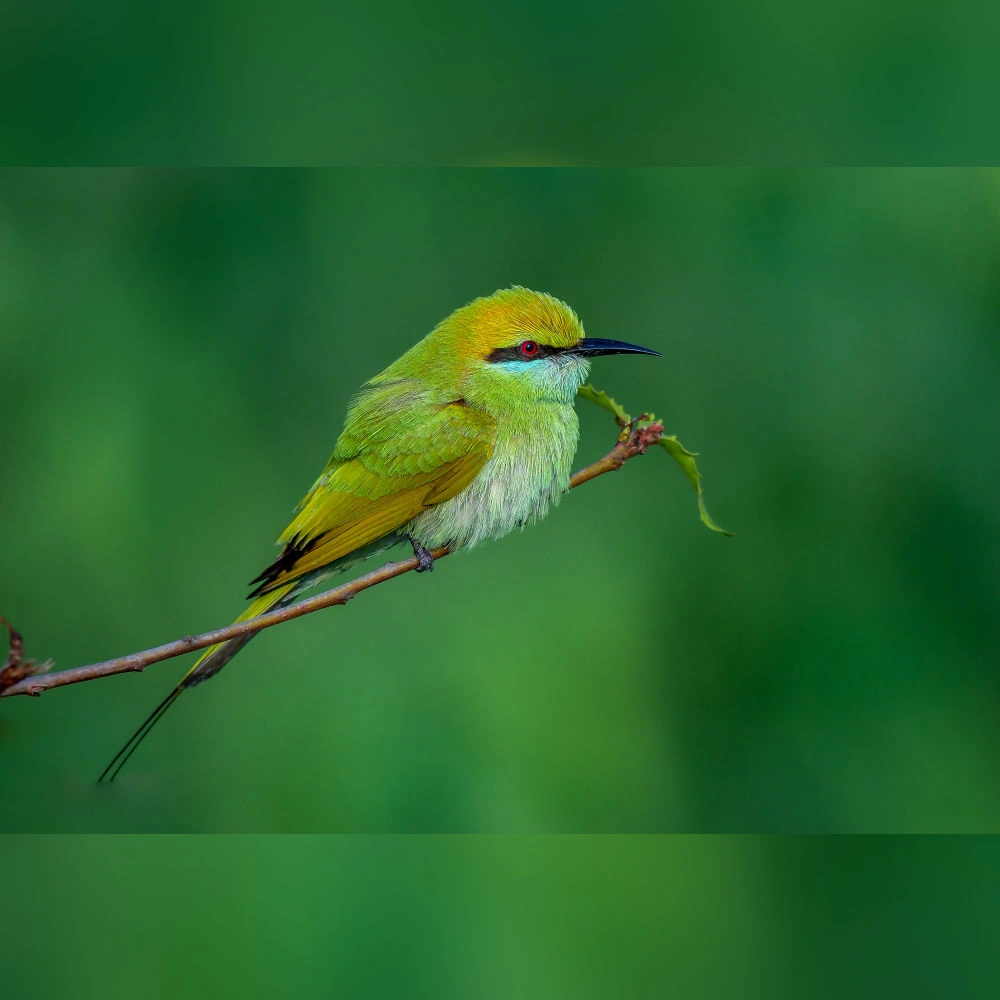
Asian Green Bee-eater
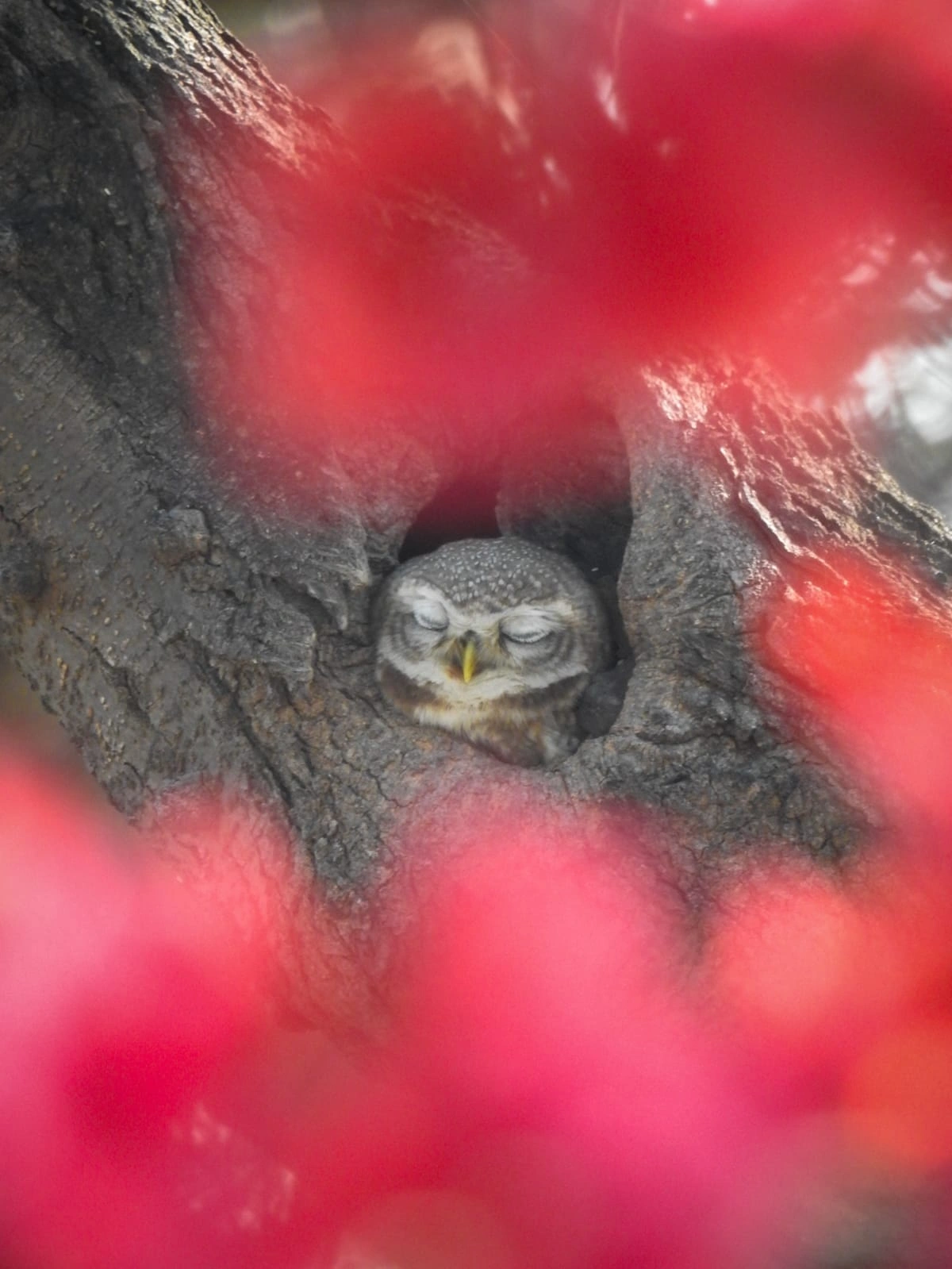
Spotted Owlet
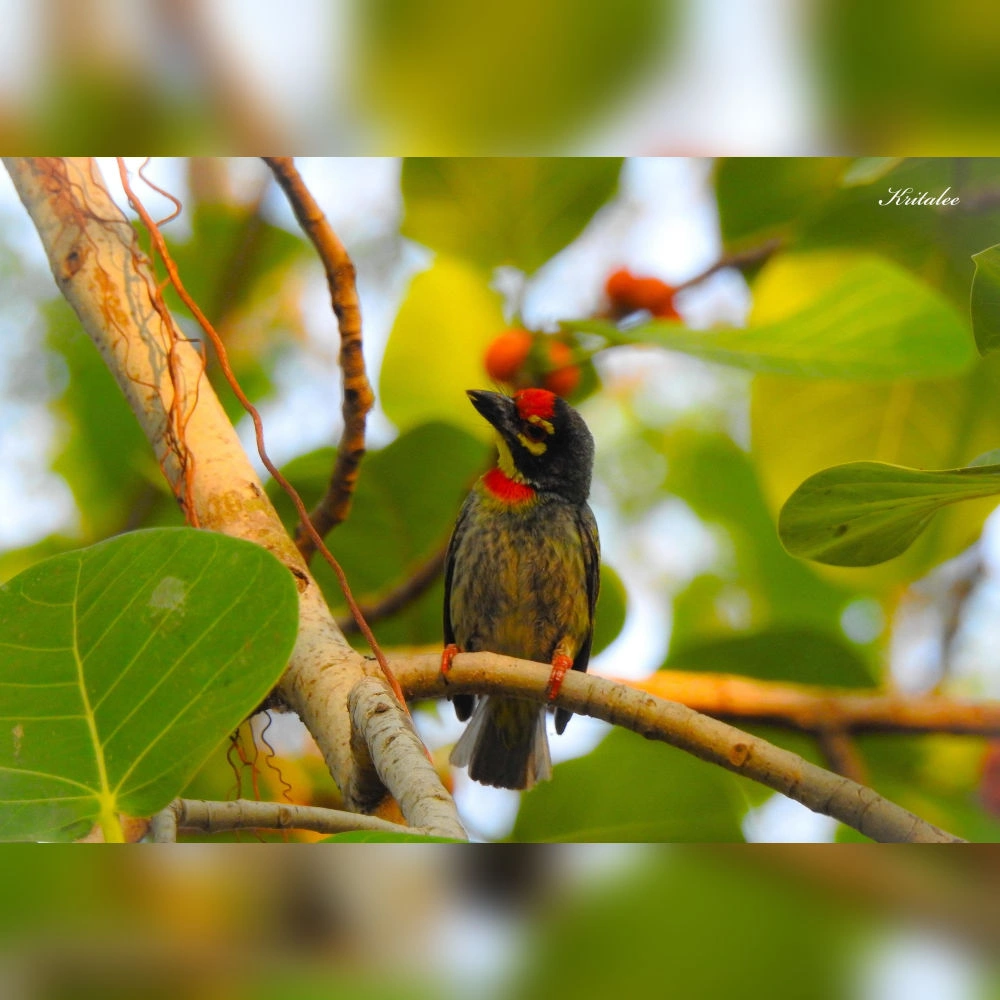
Coppersmith Barbet
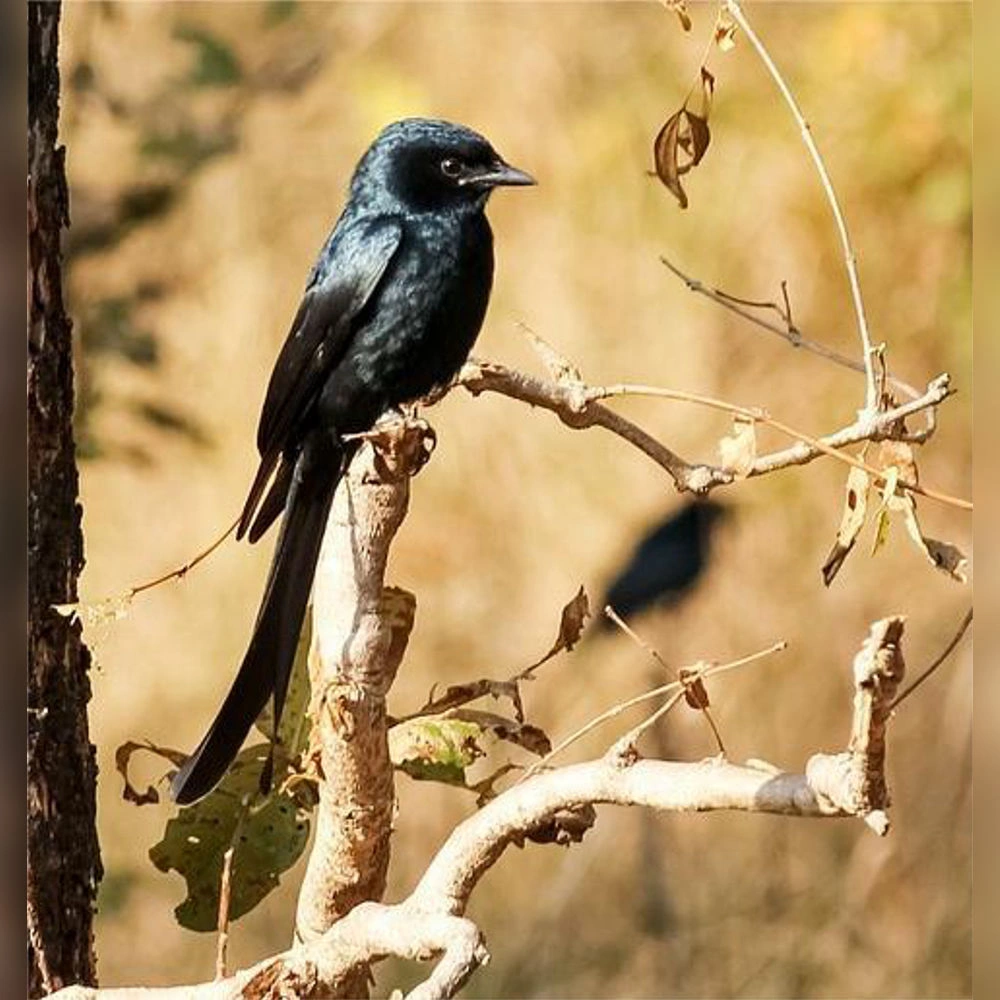
Black Drongo
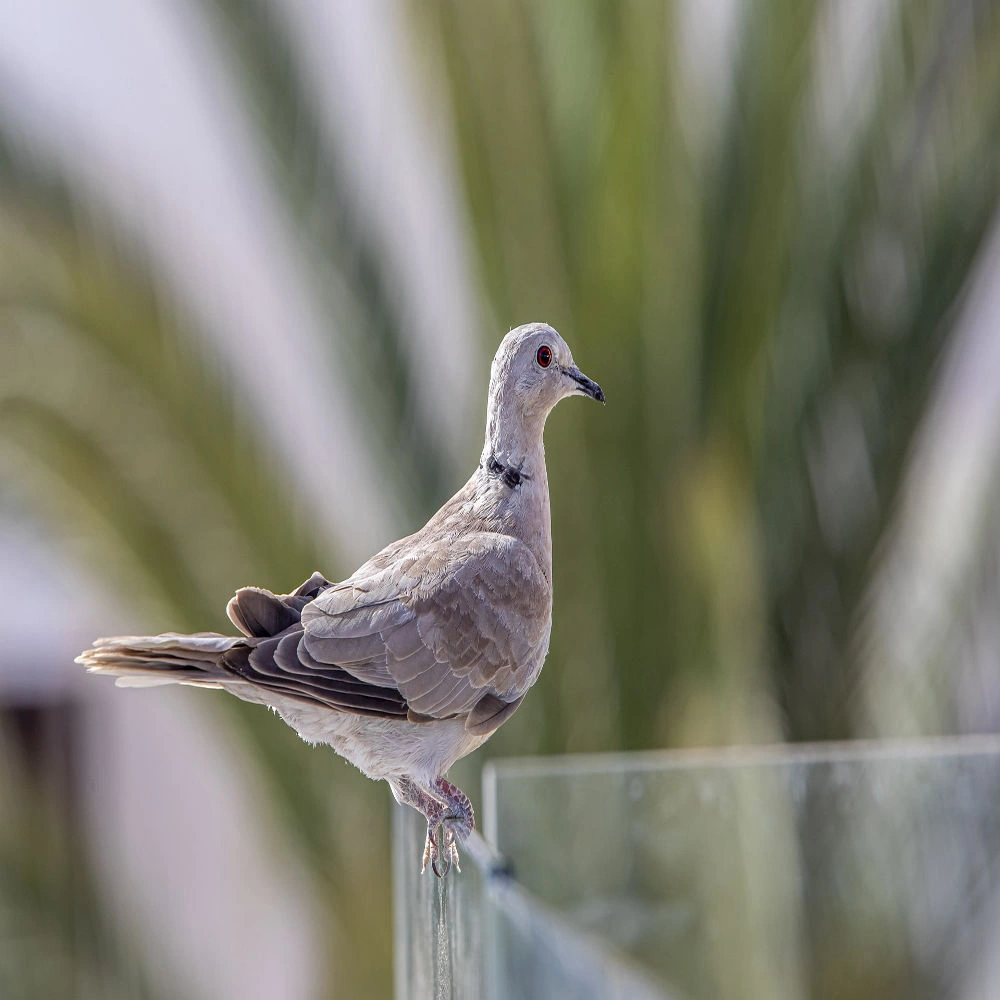
Eurasian-collared Dove
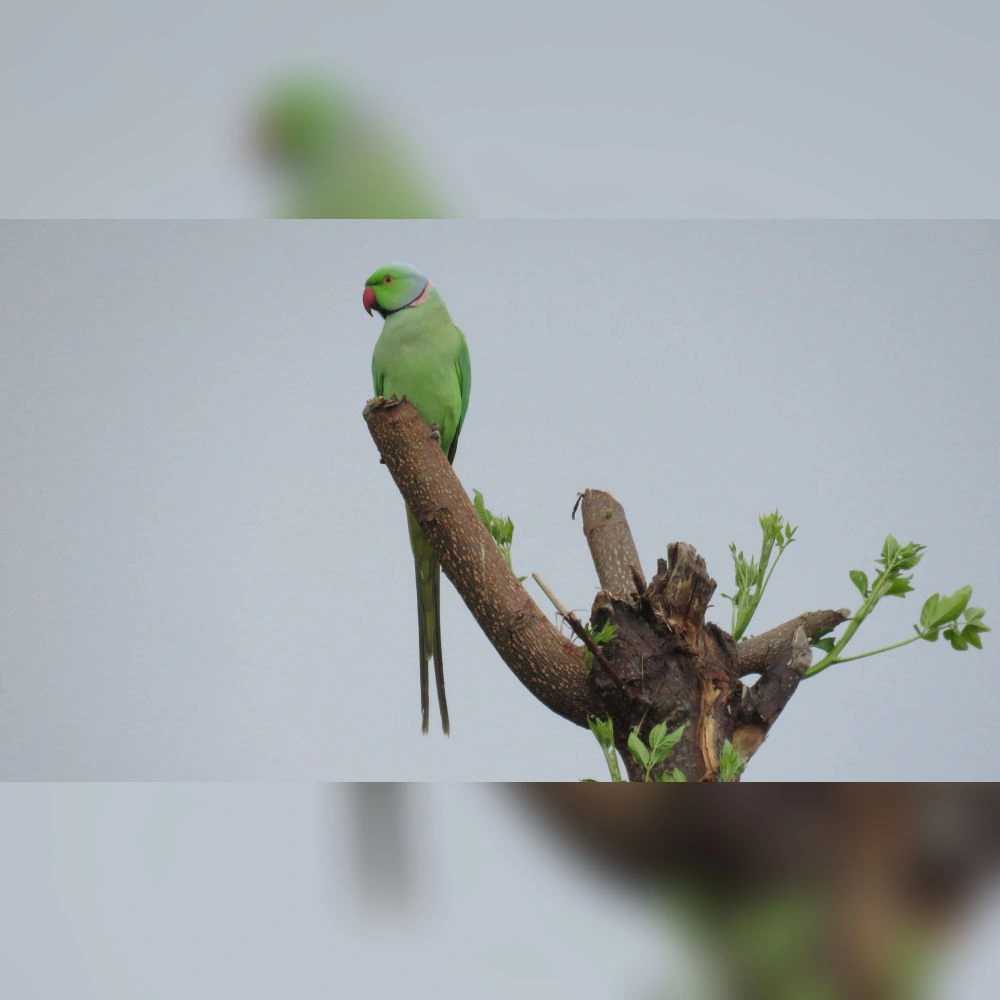
Rose-ringed Parakeet
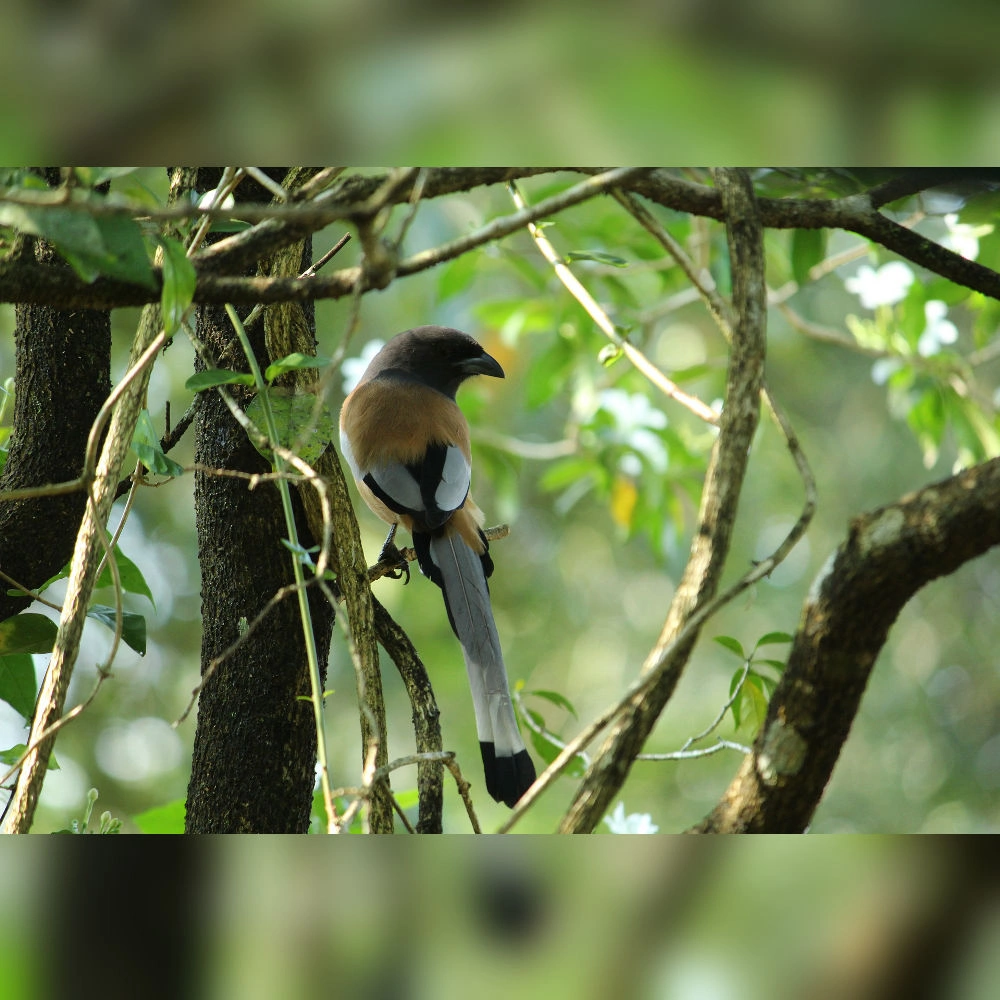
Rufous Treepie
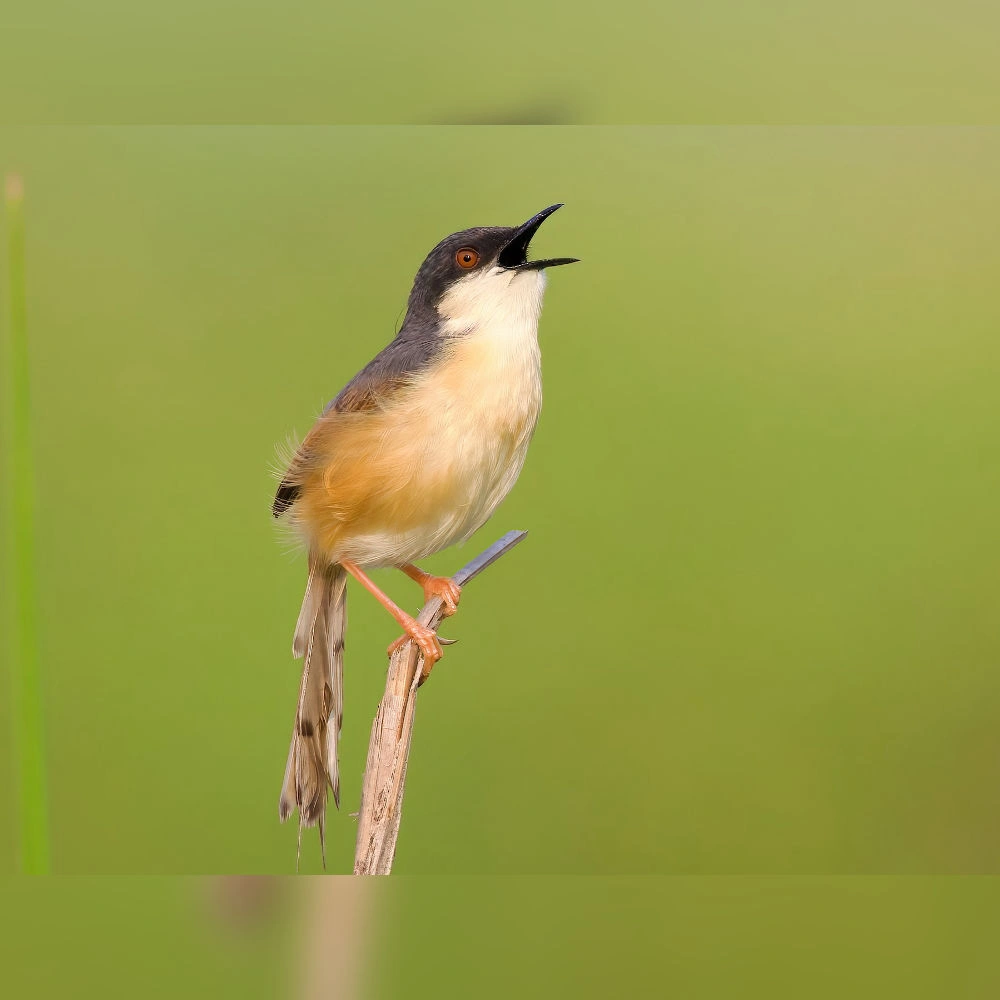
Ashy Prinia
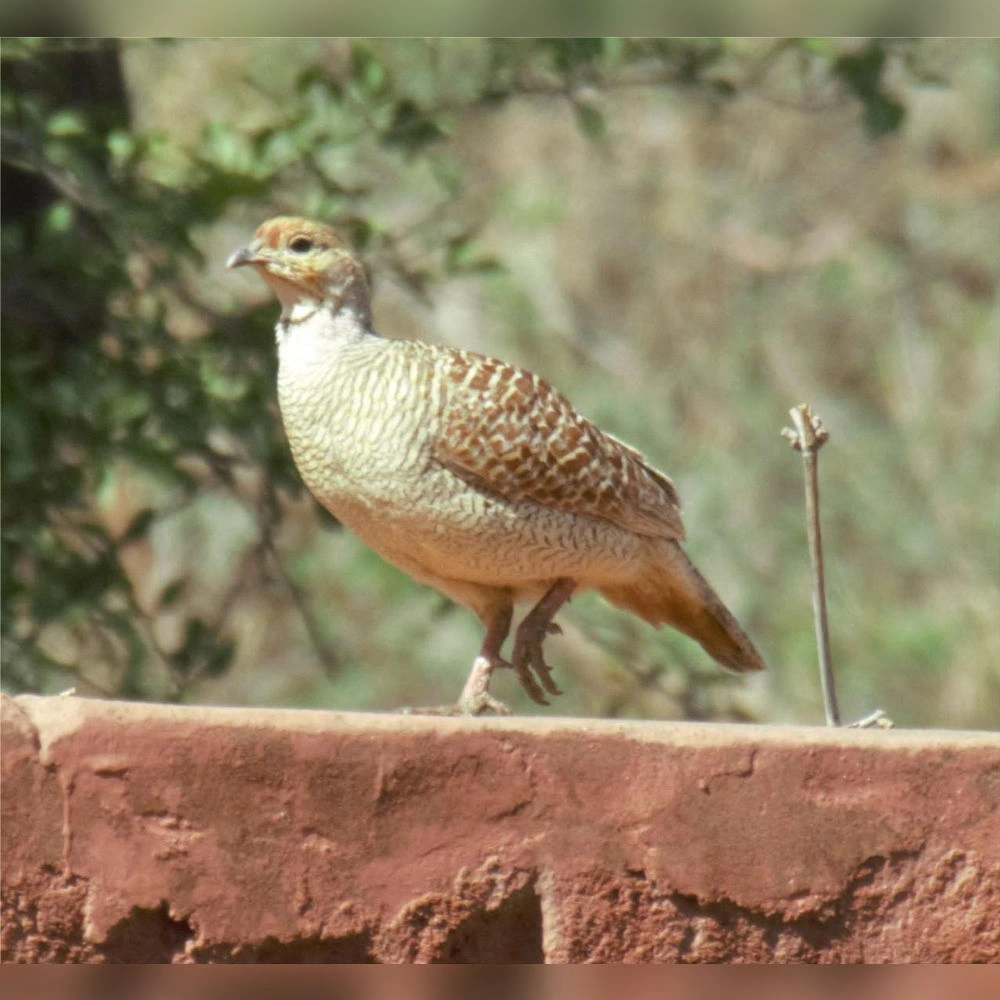
Grey Francolin
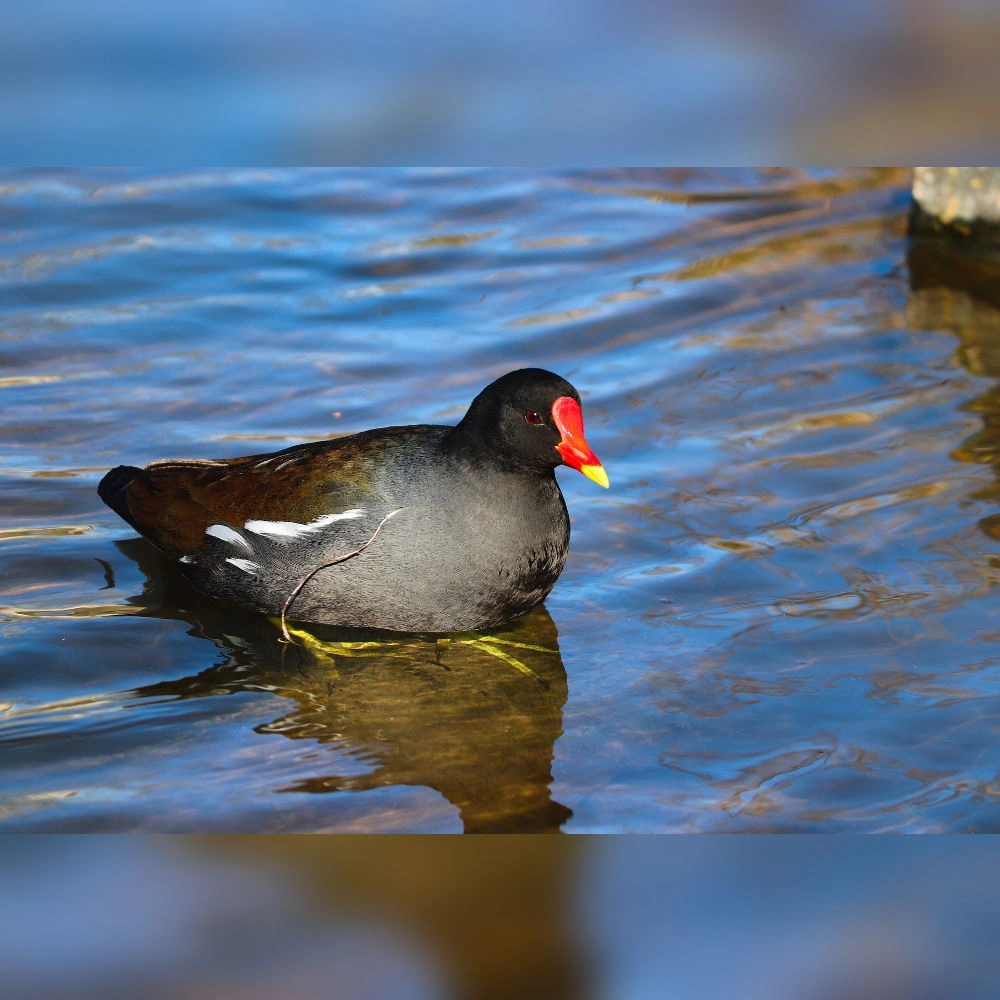
Eurasian Moorhen
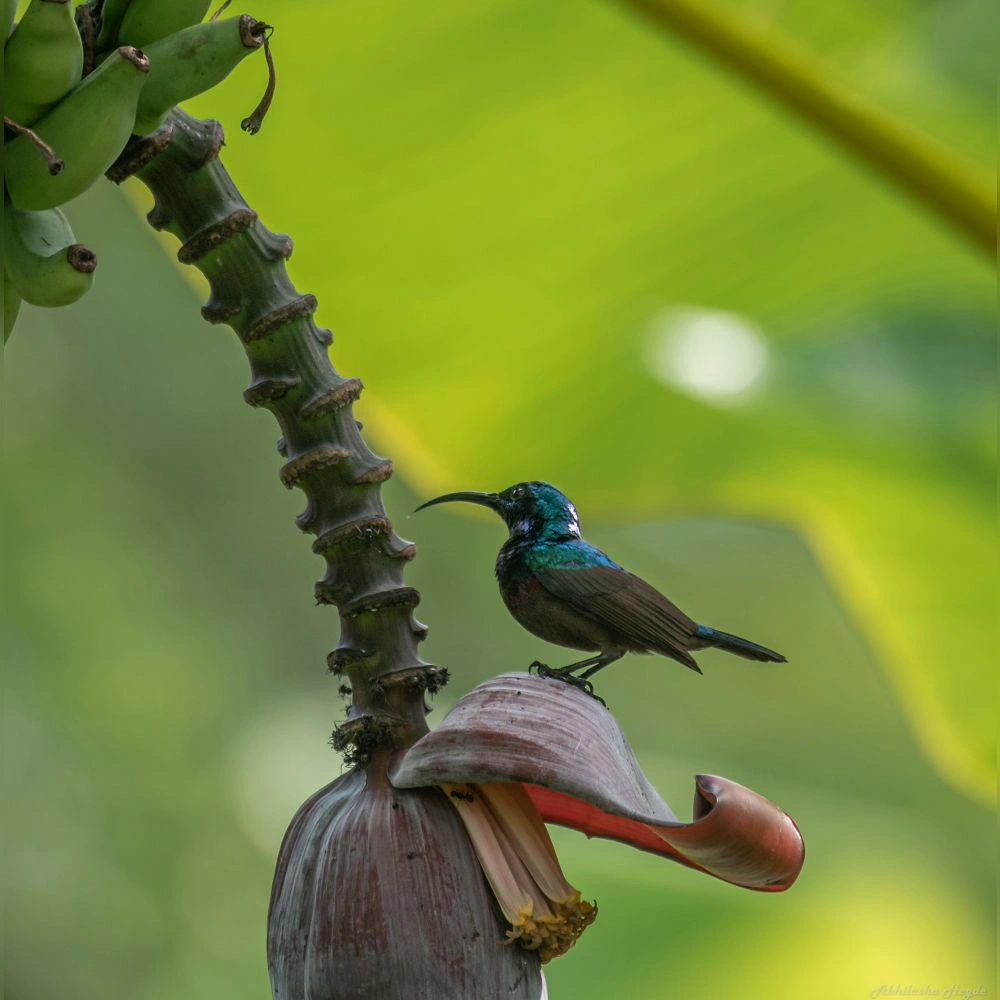
Purple Sunbird
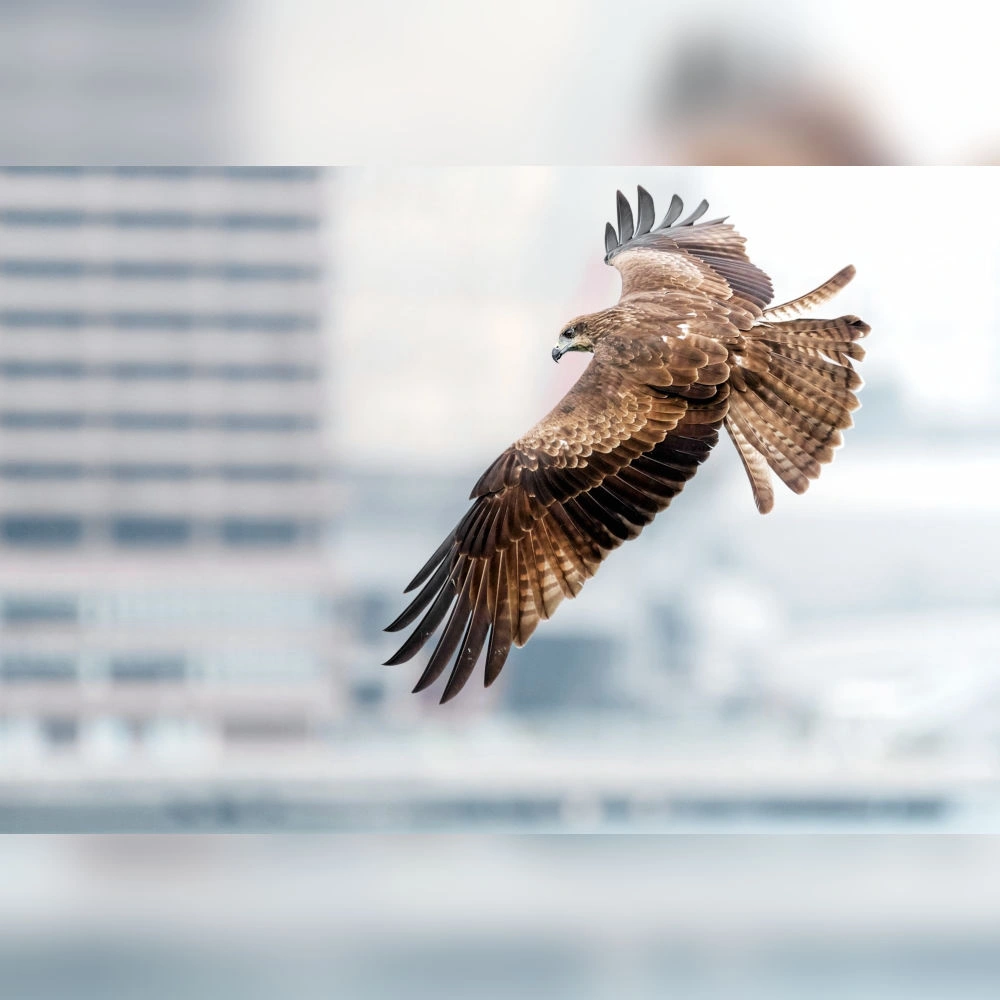
Black Kite
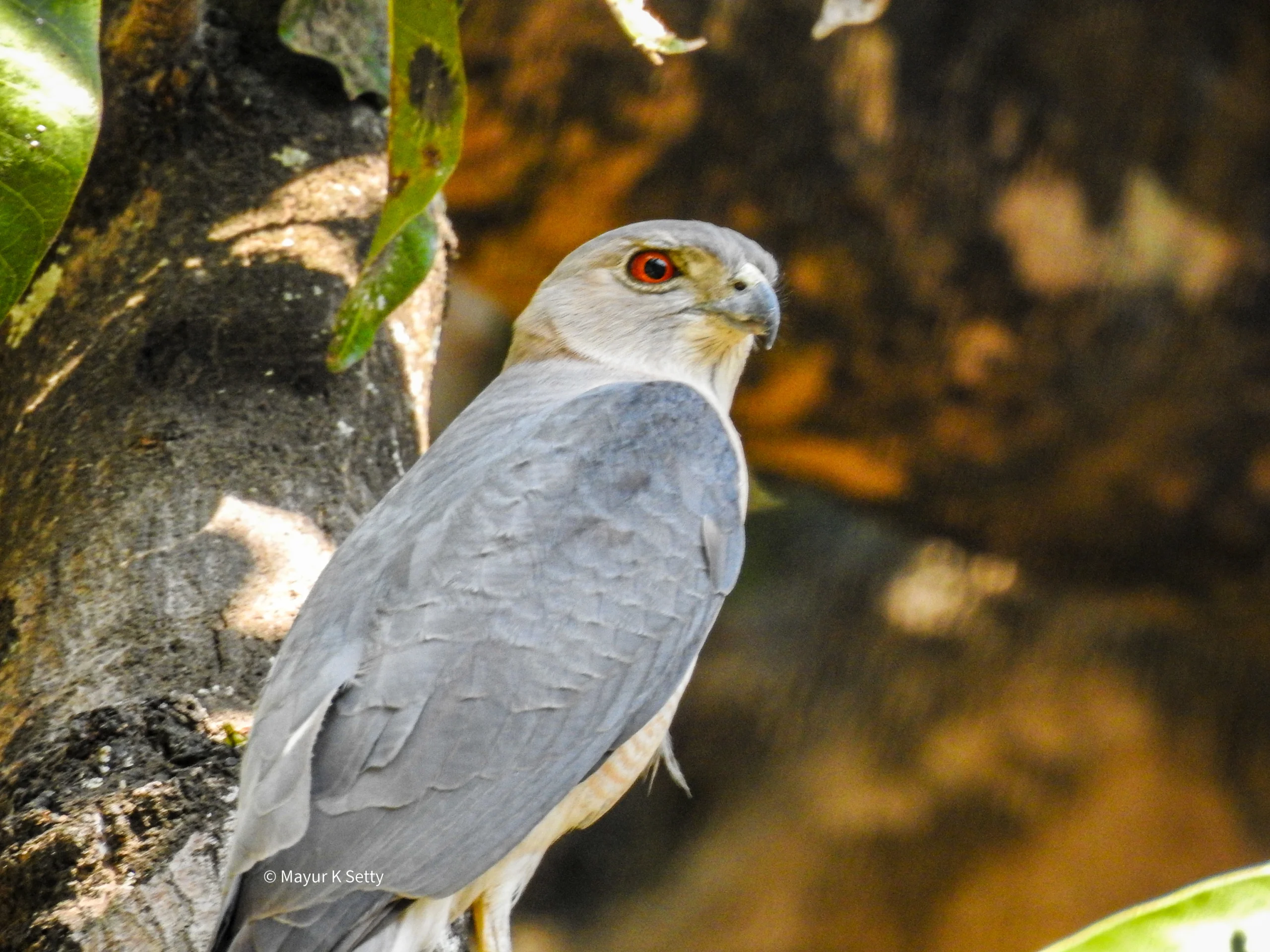
Shikra
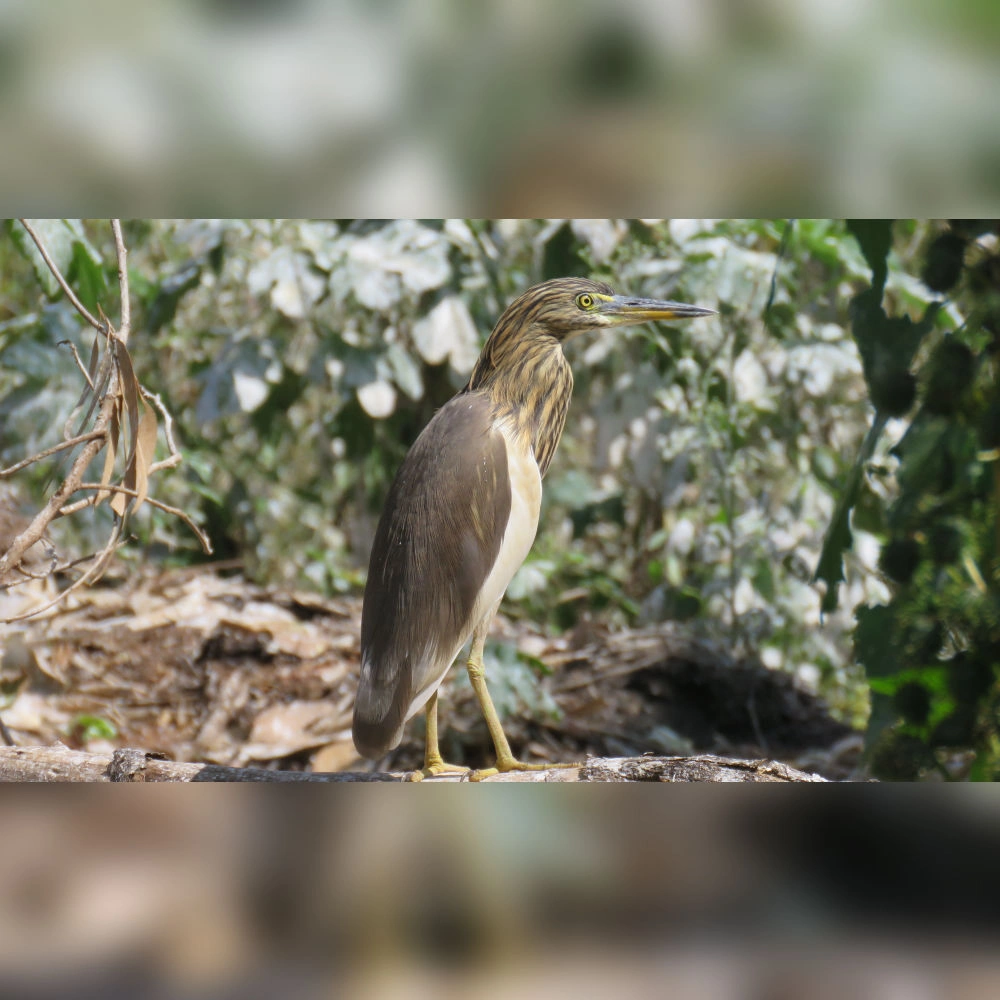
Indian Pond Heron
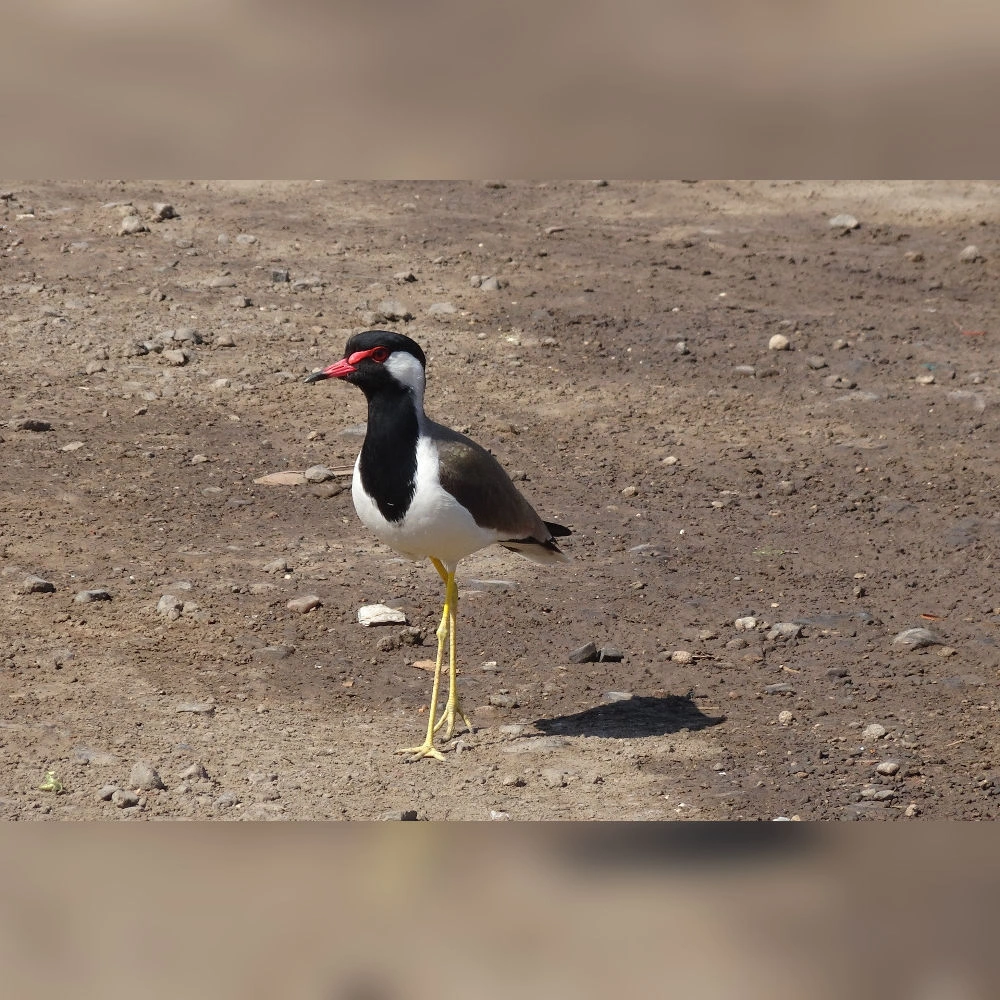
Red-wattled Lapwing
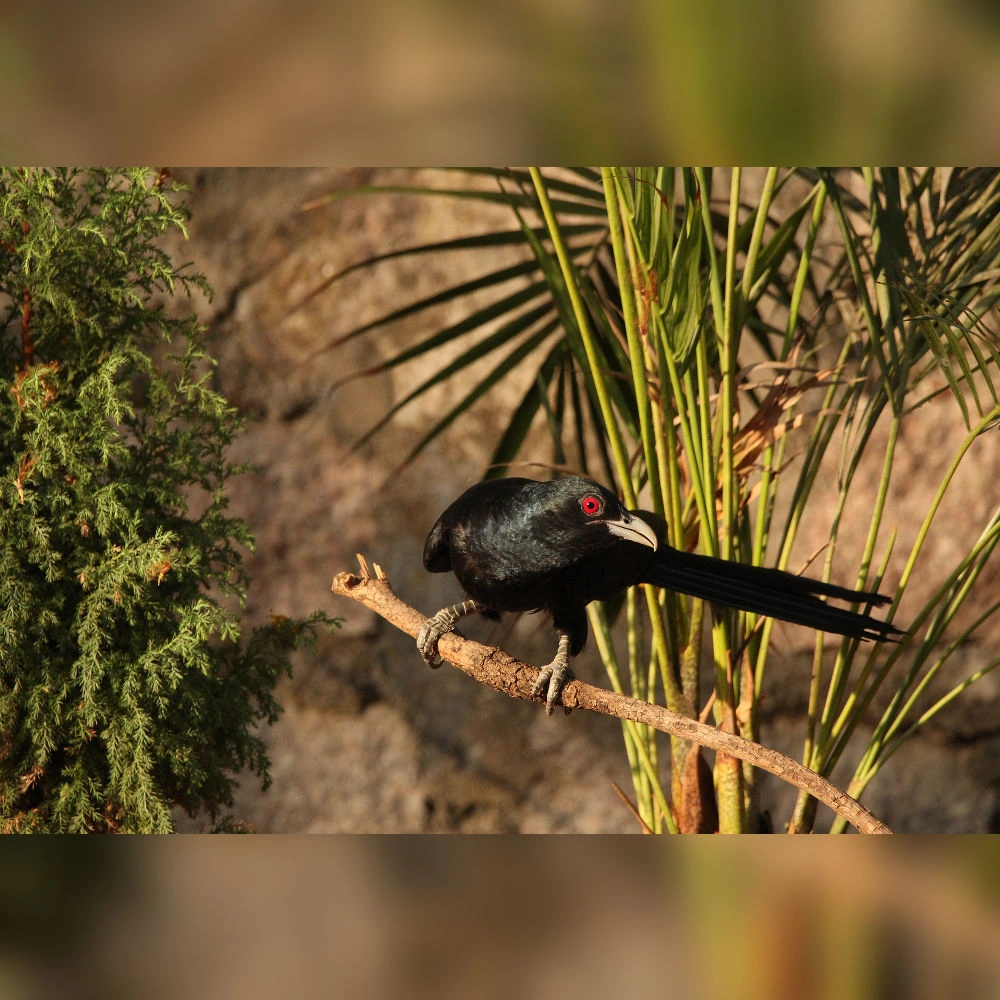
Asian Koel
Summary of Walk
The bird walk at Bhondsi Forest, Gurugram, led by Anisha and Mansi, brought together 17 enthusiastic participants for an engaging morning amidst the forest’s serene greenery. The session began with the guides introducing the importance of birdwatching as a way to connect with nature and understand the local ecosystem. They explained how to identify birds through key features such as shape, size, color, behavior, and calls, while also demonstrating how modern technology and mobile apps can aid in identification and data recording. Their storytelling and shared experiences made the walk both informative and enjoyable.
During the walk, the group recorded a total of 28 bird species, offering a wonderful glimpse into the rich avian diversity of Bhondsi Forest. Highlights included sightings of the Indian Grey Hornbill, White-bellied Drongo, Rufous Treepie, Plum-headed Parakeet, and the striking Indian Golden Oriole. The participants left with a deeper appreciation for the forest’s wildlife and a renewed interest in birdwatching, thanks to the engaging and interactive guidance of Anisha and Mansi.
Number of Participants
0

